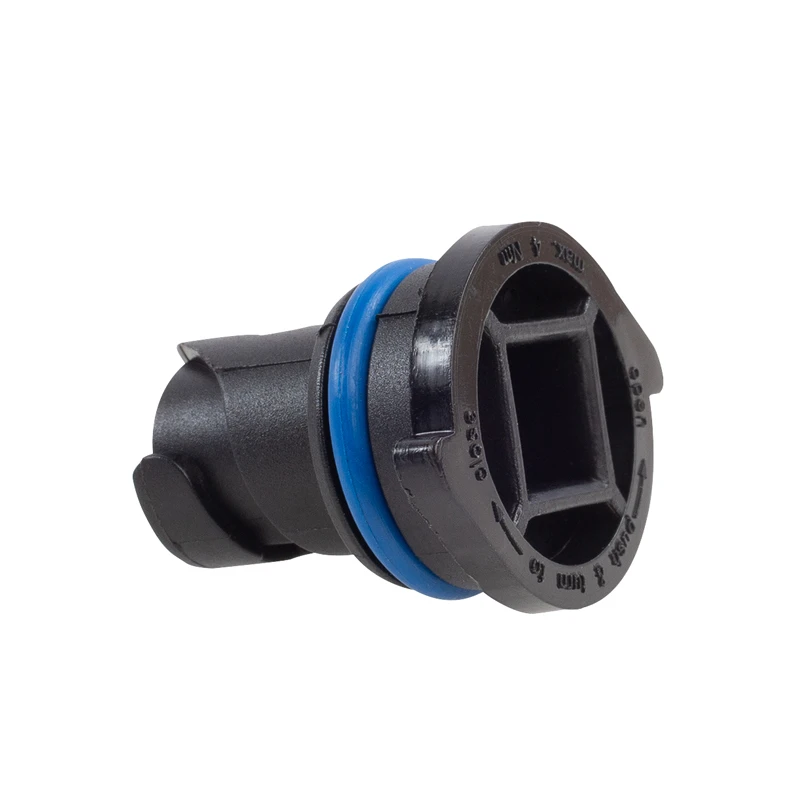leaking oil pan plug
Understanding the Importance of a Sealed Oil Pan Plug
The oil pan is a critical component in an engine, serving as the reservoir for engine oil that lubricates moving parts, reduces friction, and helps to maintain optimal engine temperatures. Within the oil pan, the oil pan plug plays an essential role in keeping the oil contained. However, leaks can occur, leading to significant issues for the engine and the vehicle's performance. Understanding the causes and implications of a leaking oil pan plug is crucial for every vehicle owner.
What is an Oil Pan Plug?
The oil pan plug, often referred to as the oil drain plug, is located at the bottom of the oil pan. Its primary purpose is to allow for easy draining of the engine oil during oil changes. Made typically from metal, it is designed to withstand the harsh environment of an engine, where heat and vibrations are prevalent. A snug fit is essential to prevent oil from seeping out, but over time, wear and tear can create issues.
Causes of Oil Pan Plug Leaks
Several factors can lead to a leaking oil pan plug
1. Worn Gasket Most oil pan plugs have a gasket or washer that creates a tight seal. Over time, this gasket can wear down, become brittle, or get damaged, leading to leaks.
2. Improper Installation If the oil pan plug isn't tightened properly during the last oil change, it can loosen over time, resulting in leakage. Additionally, over-tightening can strip the threads or damage the gasket.
3. Corrosion Exposure to engine oil and moisture can lead to the corrosion of the plug itself, particularly in older vehicles or those driven in harsh environments. Rust can compromise the seal, resulting in leaks.
4. Oil Overfill If too much oil is added to the engine, it can create excessive pressure, causing the oil to seep out from the weakest point, which is often the oil pan plug.
leaking oil pan plug

Implications of a Leaking Oil Pan Plug
A leaking oil pan plug can have several adverse effects on the vehicle
1. Oil Loss The most immediate consequence of a leak is the loss of engine oil, which can lead to a low oil level. Insufficient oil can result in inadequate lubrication, causing wear and tear on engine components.
2. Engine Damage If the oil level drops too low, it can lead to severe engine problems, such as overheating or even complete engine failure due to lack of lubrication. Repairs can be costly and time-consuming.
3. Environmental Impact An oil leak can harm the environment by contaminating soil and waterways. It can also be harmful to pets and wildlife.
4. Safety Hazard Oil leaks can create slippery conditions on the road, posing a risk to other drivers. Additionally, it can lead to the engine running hotter, potentially causing more serious issues down the line.
Prevention and Maintenance
To prevent leaks, regular maintenance and inspections are key. Here are some tips
- Regular Oil Changes Stick to recommended intervals for oil changes to ensure that the oil pan plug and gasket are in good condition. - Inspect the Gasket During oil changes, inspect the gasket for signs of wear. Replace it as necessary to maintain a proper seal. - Tighten Properly Ensure that the oil pan plug is tightened correctly, using the manufacturer’s specifications to avoid damage. - Monitor Oil Levels Regularly check oil levels and look for signs of leakage, addressing any issues immediately.
In conclusion, a leaking oil pan plug may seem minor, but its implications can be severe. Understanding the causes, effects, and prevention methods can help ensure the longevity and efficiency of your vehicle's engine. Regular maintenance and vigilance are essential to avoid the pitfalls of oil leaks.
-
Understanding the Front Main Engine Seal: Purpose, Maintenance, and Installation
News Jul.29,2025
-
Understanding O-Rings and Seal Rings: Types, Applications, and Custom Solutions
News Jul.29,2025
-
Understanding Crankshaft Oil Seals: Rear Seals, Pulley Seals, and Their Role in Engine Integrity
News Jul.29,2025
-
The Importance of Front and Rear Crankshaft Seals in Engine Performance and Oil Management
News Jul.29,2025
-
Crank Oil Seals: Functions, Types, and Cost Considerations in Engine Maintenance
News Jul.29,2025
-
A Comprehensive Guide to O-Rings and Seals: Types, Materials, and Global Applications
News Jul.29,2025
-
Mastering Diesel and Performance Engine Maintenance: A Guide to Critical Oil Gaskets
News Jul.28,2025
Products categories















